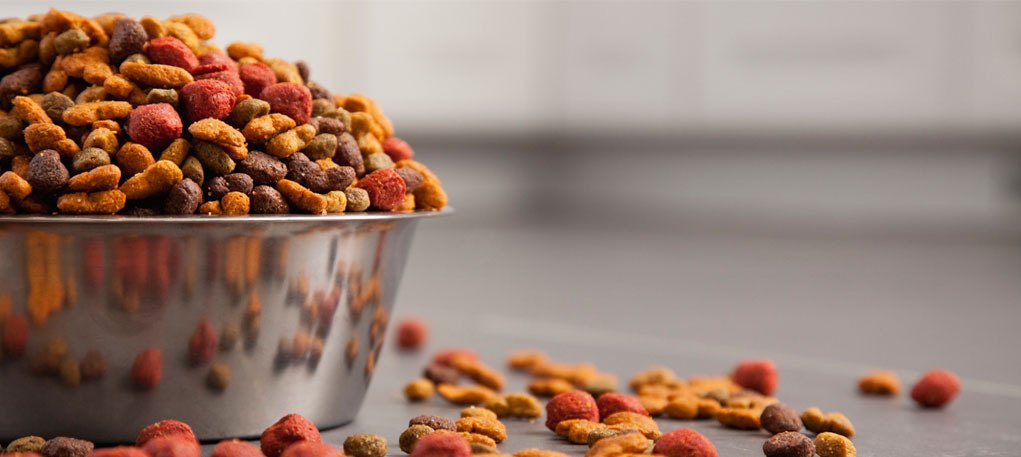What is importance of dog hydration
Understanding the Importance of Dog Hydration
Hydration is a critical aspect of a dog’s overall health and well-being. Just like humans, dogs require a consistent intake of water to maintain their bodily functions. Water plays a vital role in digestion, circulation, and temperature regulation. Without adequate hydration, dogs can suffer from dehydration, which can lead to serious health issues.
The Role of Water in a Dog’s Body
Water constitutes a significant portion of a dog’s body weight, often ranging from 60% to 80%. This essential fluid is involved in numerous physiological processes, including nutrient absorption and waste elimination. It helps transport nutrients to cells and removes toxins from the body. Understanding the role of water can help pet owners appreciate its importance in their dog’s daily routine.
Signs of Dehydration in Dogs
Recognizing the signs of dehydration in dogs is crucial for prompt intervention. Common symptoms include excessive thirst, dry gums, lethargy, and loss of skin elasticity. In severe cases, dogs may exhibit sunken eyes or a rapid heartbeat. Pet owners should be vigilant and monitor their dogs, especially during hot weather or after vigorous exercise, to prevent dehydration.
How Much Water Should Your Dog Drink?
The amount of water a dog needs can vary based on factors such as size, age, activity level, and diet. On average, dogs should drink about one ounce of water per pound of body weight each day. However, this can increase with higher temperatures or physical exertion. Providing fresh, clean water at all times is essential to encourage proper hydration.
Hydration and Dog Nutrition
The type of food a dog consumes can also impact its hydration levels. Dry kibble typically contains less moisture than wet food, which can lead to increased water consumption. Pet owners should consider their dog’s diet when assessing hydration needs. Incorporating wet food or adding water to dry kibble can help maintain optimal hydration levels.
Hydration During Exercise
Exercise is a vital part of a dog’s life, but it can also lead to increased water loss through panting and sweating. It’s essential to provide water breaks during playtime or walks, especially in hot weather. Carrying a portable water bowl or collapsible container can make it easier to keep your dog hydrated while on the go.
Seasonal Considerations for Dog Hydration
Seasonal changes can significantly affect a dog’s hydration needs. During the summer months, dogs are more prone to overheating and dehydration. Conversely, in colder months, dogs may not feel as thirsty, but hydration remains essential. Pet owners should be mindful of their dog’s water intake year-round and adjust accordingly based on environmental conditions.
Hydration Solutions for Dogs
To ensure proper hydration, pet owners can explore various solutions. Automatic water dispensers can encourage dogs to drink more by providing a continuous flow of fresh water. Additionally, adding ice cubes to water bowls can make drinking more appealing, especially during hot days. Experimenting with different methods can help find what works best for your dog.
Monitoring Your Dog’s Hydration
Regularly monitoring your dog’s hydration status is essential for their health. Pet owners can check for signs of dehydration by observing their dog’s behavior and physical condition. Keeping track of water intake and ensuring access to fresh water can help maintain optimal hydration levels. Regular vet check-ups can also provide insights into your dog’s hydration needs.
The Long-Term Effects of Dehydration
Chronic dehydration can lead to severe health issues in dogs, including kidney problems, urinary tract infections, and even organ failure. Ensuring that your dog stays hydrated is crucial for their long-term health and quality of life. By understanding the importance of dog hydration, pet owners can take proactive steps to keep their furry friends healthy and happy.




